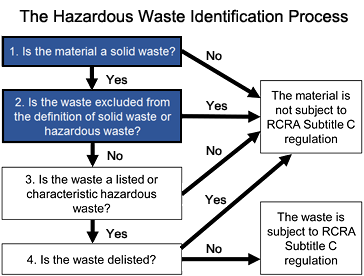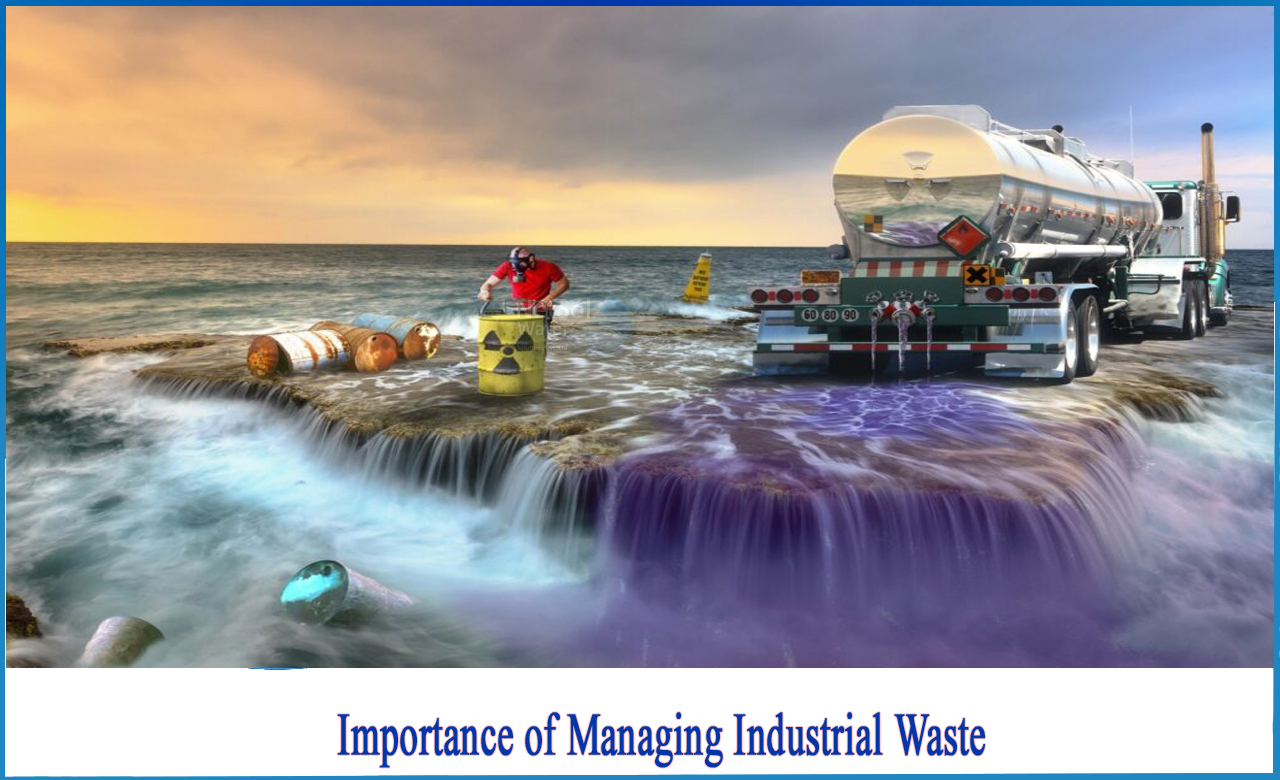The Reclaim Waste Statements
Table of ContentsThe 5-Minute Rule for Reclaim WasteTop Guidelines Of Reclaim WasteThe Basic Principles Of Reclaim Waste An Unbiased View of Reclaim WasteThe Greatest Guide To Reclaim Waste
Discover the types, incidents, and types of fluid waste. Domestic sewer waste refers to the waste and items from a household septic storage tank. This kind of waste is produced by people in houses, schools, and other buildings. This only consists of septic systems that have a drainpipe area. The appropriate administration and disposal of residential sewage waste require liquid waste to be transferred to a sewage treatment plant where the proper methods and devices are put on detoxify and throw away waste.
Business waste usually consists of possible dangers, such as flammable products or a mixture of fluid and strong waste items, and requires an advanced and thorough disposal procedure. The disposal of industrial waste usually involves the filtering of waste before transport to ensure secure and proper disposal. Industrial waste is developed from by-products and runoff of industrial procedures and manufacturing.
This type of waste can not use the very same sewage management transport or procedures as septic or industrial fluids. The hazardous waste management procedure needs the inspection and screening of fluid waste before it undertakes the disposal process (liquid waste disposal melbourne). Runoff waste is the fluid waste that comes from overflow and excess stormwater in highly booming locations or cities
Runoff waste can cause contamination and flooding if not taken care of properly. Making sure correct waste management can stop catastrophes and minimize ecological injury.
An Unbiased View of Reclaim Waste
Call PROS Services today to discover our waste monitoring and disposal services and the appropriate means to look after the fluid waste you produce.
(https://issuu.com/reclaimwaste1)This supposed 'wastewater' is not only a vital source but, after treatment, will be released to our land, waterways or the sea. Made use of water from toilets, showers, bathrooms, cooking area sinks, laundries and commercial processes is understood as wastewater.

water used to cool machinery or clean plant and devices). Stormwater, a form of wastewater, is runoff that moves from farming and urban areas such as roofings, parks, gardens, roadways, paths and rain gutters into stormwater drains pipes, after rain. Stormwater streams unattended straight to neighborhood creeks or rivers, eventually reaching the ocean.
Reclaim Waste - Questions
In Queensland, many wastewater is dealt with at sewer treatment plants. Wastewater is carried from residential or industrial sites with a system of sewers and pump terminals, referred to as sewerage reticulation, to a sewer therapy plant. Regional governments develop, maintain and run most sewer treatment plants. Operators are accredited under the Environmental Management Act 1994 to discharge treated wastewater at an acceptable environmental standard right into waterways.
The Division of Natural Resources advises regional federal governments regarding managing, operating and keeping sewerage systems and treatment plants. In unsewered locations, local governments may call for householders to mount private or house sewer therapy systems to deal with domestic wastewater from commodes, kitchens, shower rooms and washings. The Department of Natural Resources authorises the use of family systems when they are confirmed to be effective.
Most stormwater gets no treatment. In some new communities, treatment of some stormwater to remove litter, sand and gravel has started making use of gross pollutant traps. Wastewater therapy occurs in four stages: Removes solid issue. Bigger solids, such as plastics and various other items wrongly released to sewers, are gotten rid of when wastewater is passed via screens.
Uses tiny living microorganisms knows as micro-organisms to break down and get rid of continuing to be dissolved wastes and fine fragments. Micro-organisms and wastes are included in the sludge.
Excitement About Reclaim Waste
Nutrient removal is not offered at all sewer therapy plants due my review here to the fact that it requires costly specialist equipment. It is ending up being extra typical in Queensland. Clear fluid effluent created after therapy might still contain disease-causing micro-organisms. If this effluent is released into rivers such as rivers or the sea, the micro-organisms will eventually pass away out.

Many wastewater streams right into the sewerage system. Under the Act, local federal governments provide authorizations and permits for environmentally relevant activities (ERAs) involving wastewater launches that might have a neighborhood influence.
The Ultimate Guide To Reclaim Waste
Monitoring provides accurate info about water high quality and can confirm that permit conditions are being met. The information gotten with monitoring offers the basis for making water quality choices.